In the realm of logistics and transportation, effectively moving bulk materials into semi-trailers is a task that requires precision and knowledge of equipment. One particular method used widely in agricultural and industrial sectors is the harvest dump system. This article serves as a comprehensive guide to understanding how a harvest dump functions when transferring large quantities into semi-trailers, the types of semi-trailers utilized, and the best practices to ensure efficiency and safety.
What is a Harvest Dump?
Definition and Purpose
A harvest dump refers to a specialized apparatus capable of unloading large containers or bins filled with various materials, including crops, aggregates, and other bulk goods, directly into a semi-trailer. The purpose of a harvest dump is to streamline the loading process, maximizing efficiency while minimizing manual labor or time spent on transfers.
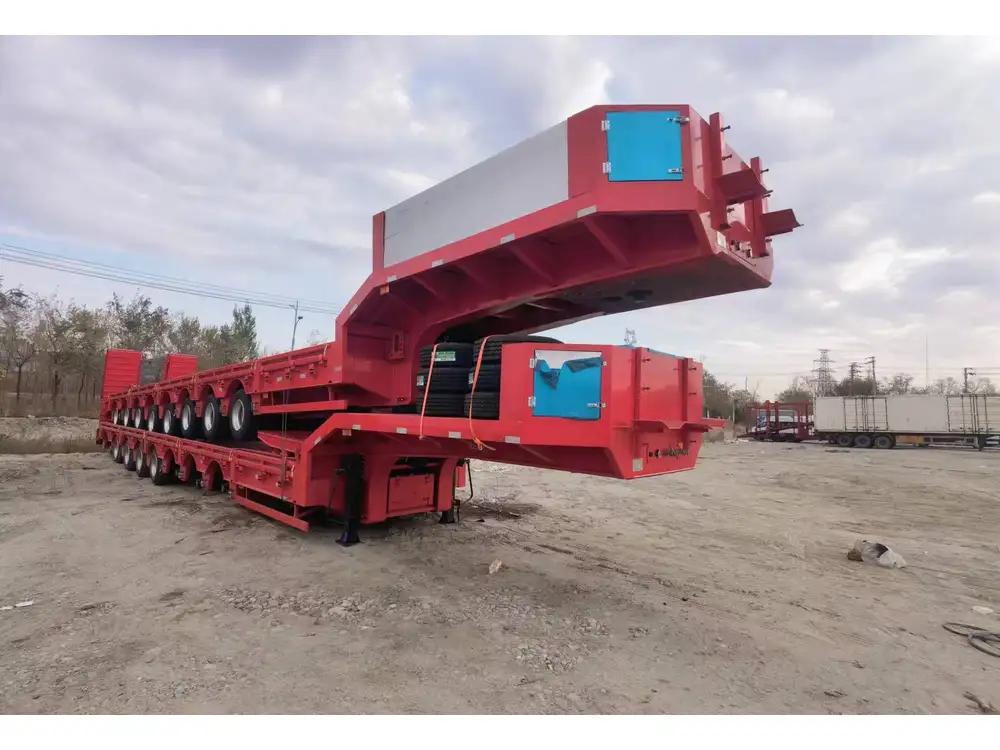
Key Components of a Harvest Dump
- Dump Bed: The primary structure, usually made from robust materials to withstand heavy loads.
- Hydraulic Lifting Mechanism: Allows for smooth elevation of the dump bed, facilitating the transfer of materials.
- Tipping Chassis: Designed for maximum stability while unloading.
- Hoppers and Chutes: These components guide the bulk materials into the trailer with precision.
Types of Semi-Trailers Compatible with Harvest Dumps
The choice of semi-trailer to be used with a harvest dump significantly impacts the efficacy of the loading process. Below are the most common types of semi-trailers involved:
1. Tarped End Dumps
These trailers feature a tarp that covers the load, safeguarding against environmental factors. They are versatile for both agricultural and construction materials.
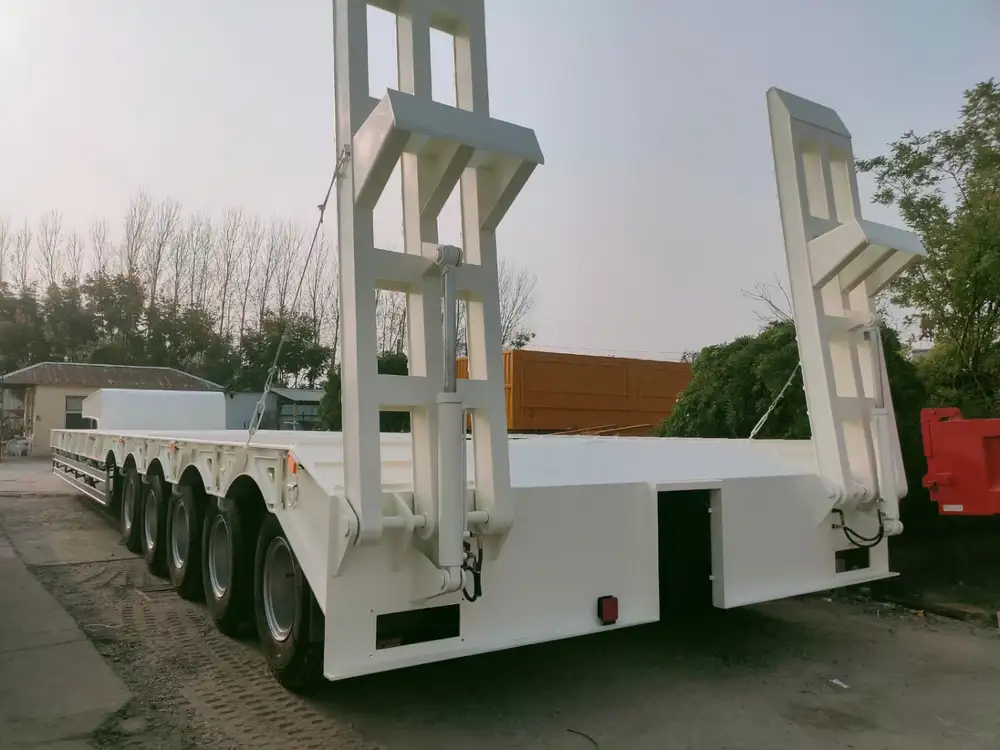
2. Live Bottom Trailers
Designed with a sliding floor system, they ensure the material flows steadily into the semi-trailer without a need for tilting. Ideal for loose aggregates or grain.
3. Flatbed Trailers
While not specifically designed for bulk materials, when combined with suitable containers, they can function effectively for transporting sizable goods.
4. Walking Floor Trailers
Utilizing a unique floor that moves the material towards the rear, these trailers are particularly useful for unloading bulk loads without the need for tilting.

Visual representation of various types of semi-trailers used in conjunction with harvest dumps.
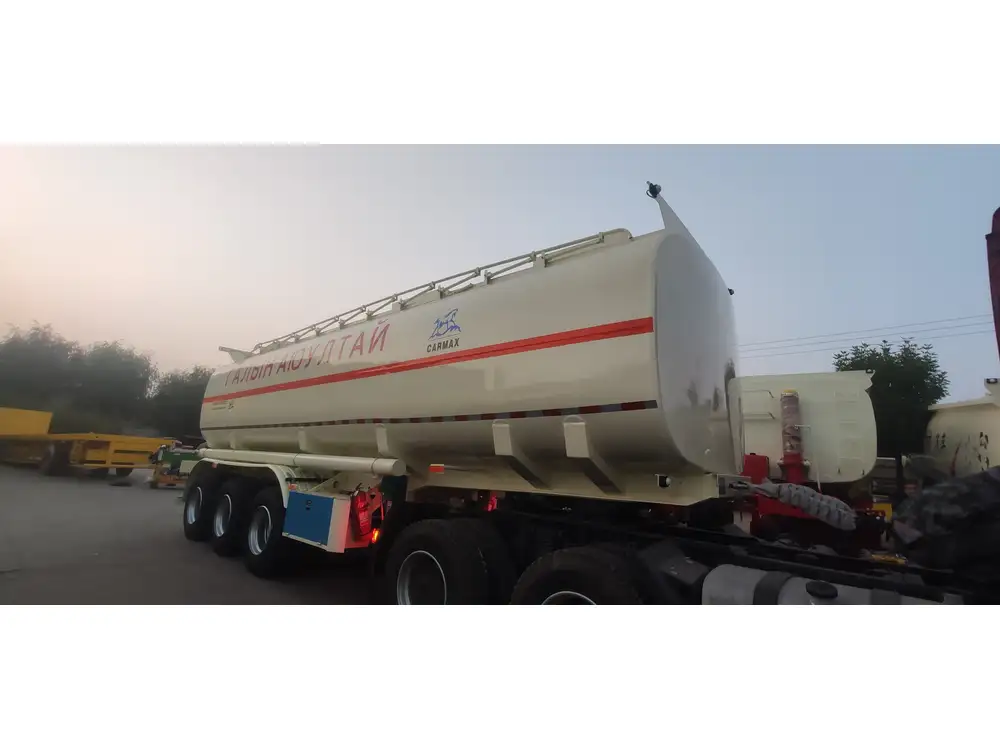
Advantages of Using Harvest Dumps Over Traditional Methods
The transition from manual loading to utilizing harvest dumps provides numerous benefits:
| Advantage | Explanation |
|---|---|
| Time Efficiency | Rapid loading minimizes downtime, allowing vehicles to return to operation quickly. |
| Reduced Labor Costs | Automation lessens the need for manual labor, promoting higher safety and lower workforce costs. |
| Enhanced Safety | Less physical labor mitigates the risk of injuries commonly associated with manual loading processes. |
| Accuracy and Precision | A harvest dump ensures materials are accurately placed into the trailer without spillage or waste. |
Factors to Consider When Operating Harvest Dumps
Loading Capacity
Always ensure that the harvest dump used matches the loading capacity of the semi-trailer. Overloading can lead to equipment failure or accidents during transit. A load chart can help determine appropriate weight limits based on the specifications of both the harvest dump and the semi-trailer.

Load Distribution
Proper load distribution is crucial for maintaining vehicle stability on the road. Poorly distributed loads can lead to tire blowouts or accidents. It’s advisable to use an axle weight scale to dynamically measure load distribution and adjust during the unloading process.
Environmental Considerations
When operating in agricultural fields, consider the soil conditions and current weather. Heavy machinery can damage soil without careful management. Opt for trailers with a lower ground pressure to minimize soil compaction.
Regulatory Compliance
Understand local regulations pertaining to weight limits and dimensions. Compliance ensures safety and reduces the likelihood of fines or legal issues. Documentation pertaining to the materials being transported can also be vital during inspections.
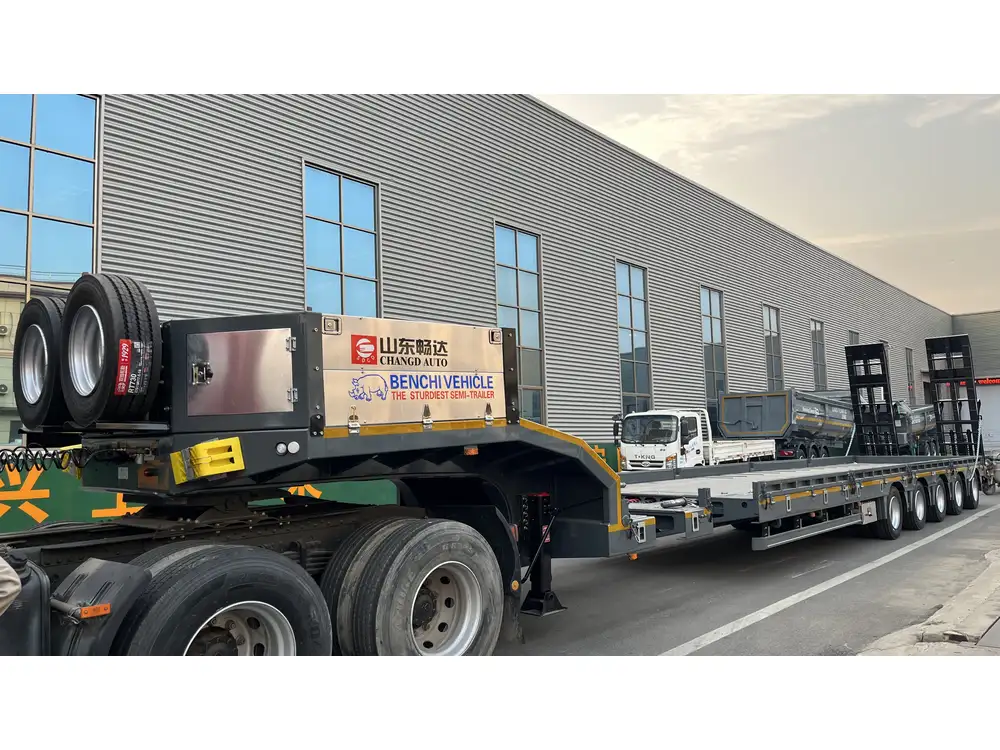
Best Practices for Harvest Dump Operations
Regular Maintenance Checks
Maintenance of both the harvest dump and the semi-trailer is essential to maintain efficiency and prevent breakdowns. Schedule regular inspections focusing on hydraulic systems, mechanical components, and the integrity of the trailer bed.
Training and Development
Investing in training for operators ensures correct use of equipment. Workers should understand the functionality of hydraulic systems, safety protocols, and emergency procedures.
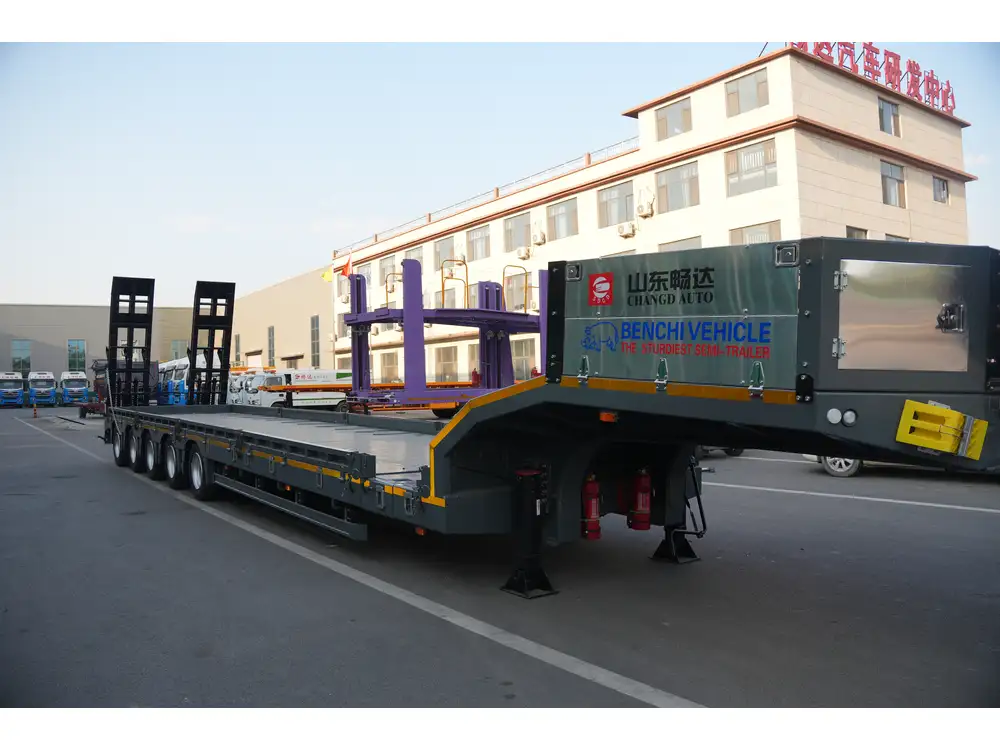
Optimize Loading Techniques
Utilize the following techniques to improve loading efficiency:
- Positioning: Always align the harvest dump perfectly above the semi-trailer to prevent spillage.
- Controlled Rate of Dumping: Adjust the speed of unloading according to material type and weight.
- Use of Automation: If the technology is available, automation systems can significantly enhance the loading and unloading process.
Implement Advanced Technology
Considering integrating technology such as GPS tracking, telematics, and monitoring systems can provide real-time data on load and operational efficiency. Gather data for assessing performance metrics and refining processes over time.
Feedback and Continuous Improvement
Create a feedback loop where operators can report inefficiencies or issues encountered. This practice can lead to continuous improvement and adaptation of processes that are more aligned with operational needs and safety standards.
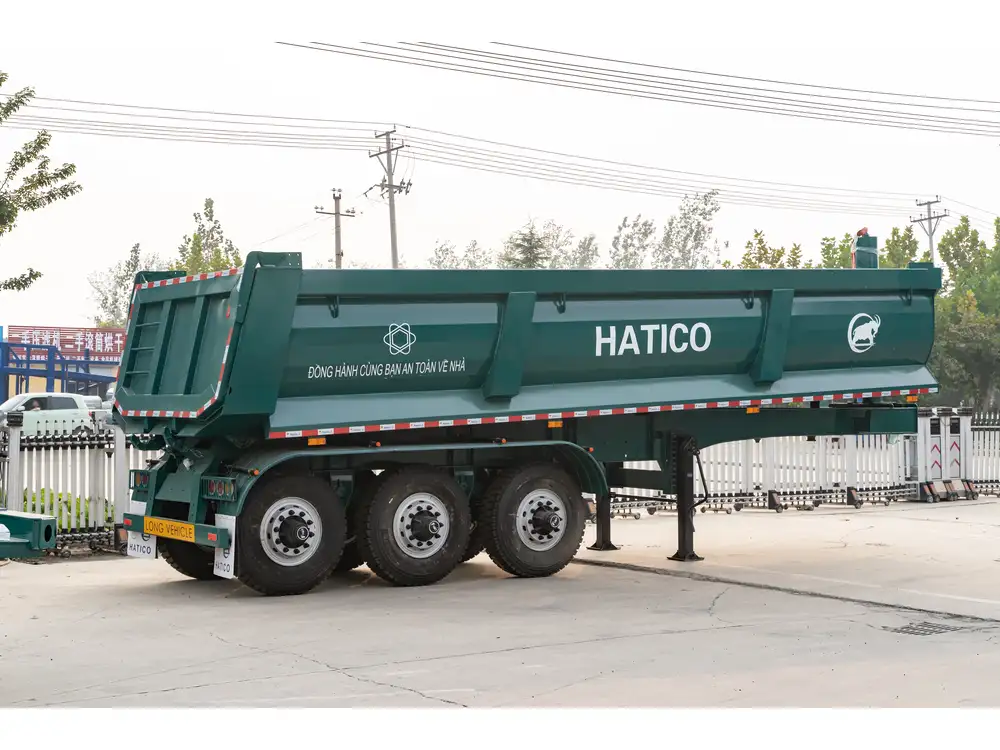
Conclusion: Elevating Efficiency with Harvest Dumps
In the dynamic world of logistics, optimizing the transfer of bulk materials from harvest dumps into semi-trailers is a critical factor in maximizing productivity. By understanding the intricacies of harvest dumps, pairing them with the right semi-trailer, and adhering to best practices, manufacturers and transporters can navigate the complexities of the industry.
Whether it’s improving loading times, enhancing safety protocols, or ensuring regulatory compliance, making informed decisions in this arena holds the key to successful operations. This, coupled with a commitment to continuous improvement, can propel businesses forward in an increasingly competitive landscape.
By focusing on these aspects, you will not only enhance your operational efficiency but also position your business as a leader in the sector. Embrace the future of transportation logistics by leveraging the advantages of harvest dumps, ensuring that your semi-trailer loading processes are as seamless and efficient as possible.



